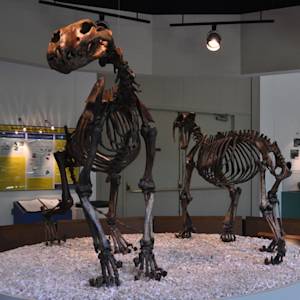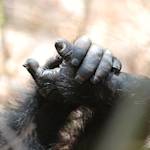Amur leopard
2023 CE • Southwestern Primorsky Krai
"Known as the Far Eastern or Amur leopard, this animal is the world’s most endangered big cat, with only 25-40 individuals left in the wild. Cold and deep snows have prevented the leopard’s successful colonization to the north, while in the south, poaching and intensive development have practically eliminated leopards from China and Korea. Today leopards are found only in [the Southwestern Primorsky Krai], a thin strip of land along the Russian-Chinese border . . . Ongoing development programs including gas pipeline plans, improved and expanding road networks, railway development, expansion of the electricity grid, and mineral/coal extraction are reducing and degrading available Far Eastern leopard habitat. Overharvest of timber and illegal logging are also common . . . Leopards are poached for their skins and possibly bones as well. Hunters poach leopards to eliminate competition for deer and wild boar, and locals sometimes kill leopards in retaliation if leopards prey on domestic animals. Poaching of leopard prey is potentially a more significant threat than poaching of leopards themselves. The leopard’s range is easily accessible and includes very popular hunting grounds, leading to an abundance of hunters and poachers in the forest."
"Amur Leopard," Wildlife Conservation Society.
Image: Edo Emmerig via Pixabay


Learn about Maya Lin’s fifth and final memorial: a multi-platform science based artwork that presents an ecological history of our world - past, present, and future.

Discover ecological histories and stories of former abundance, loss, and recovery on the map of memory.

Learn how we can reduce our emissions and protect and restore species and habitats – around the world.

See how art can help us rethink the problems we face, and give us hope that each one of us can make a difference.

Help make a global memorial something personal and close to home. Share your stories of the natural world.


